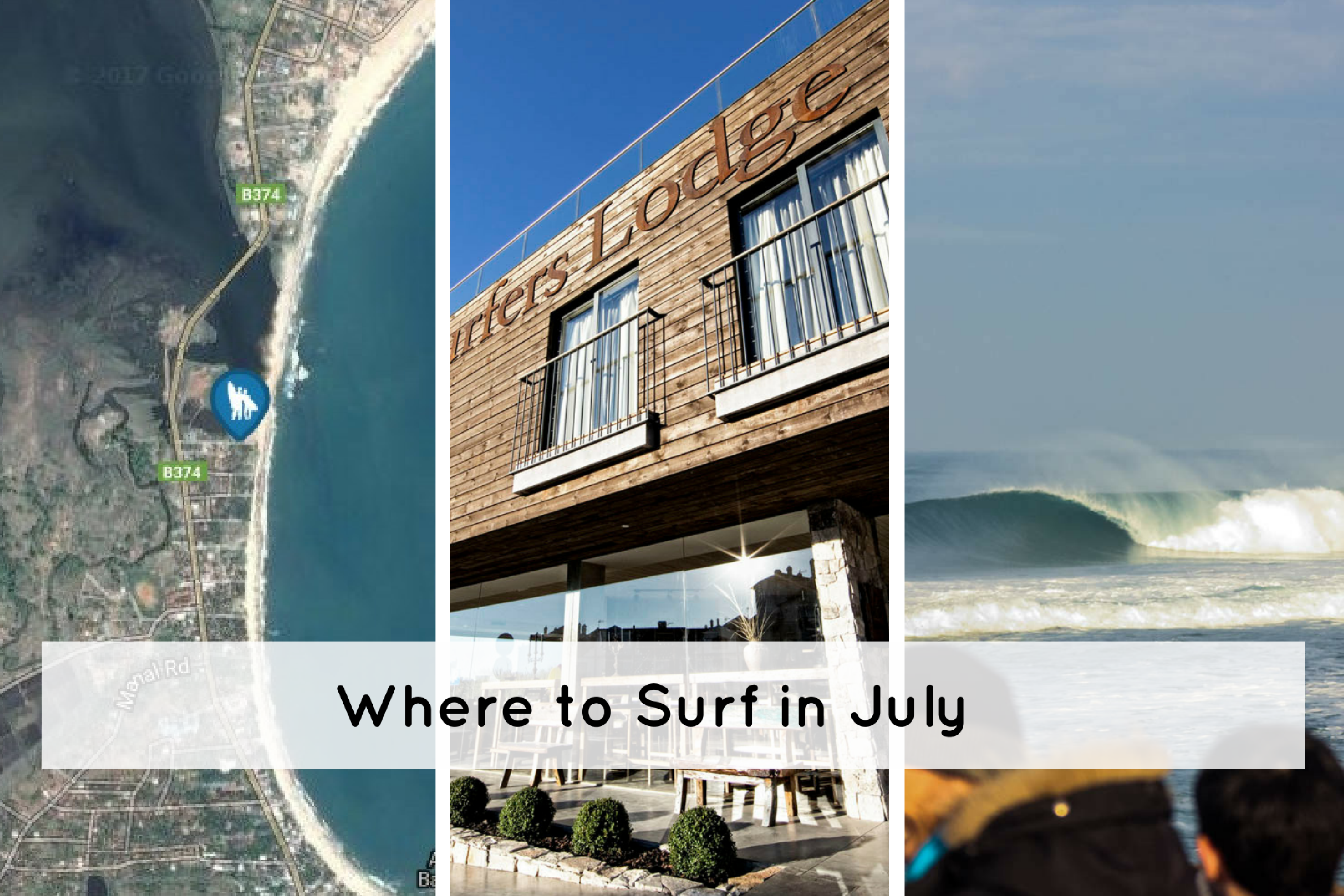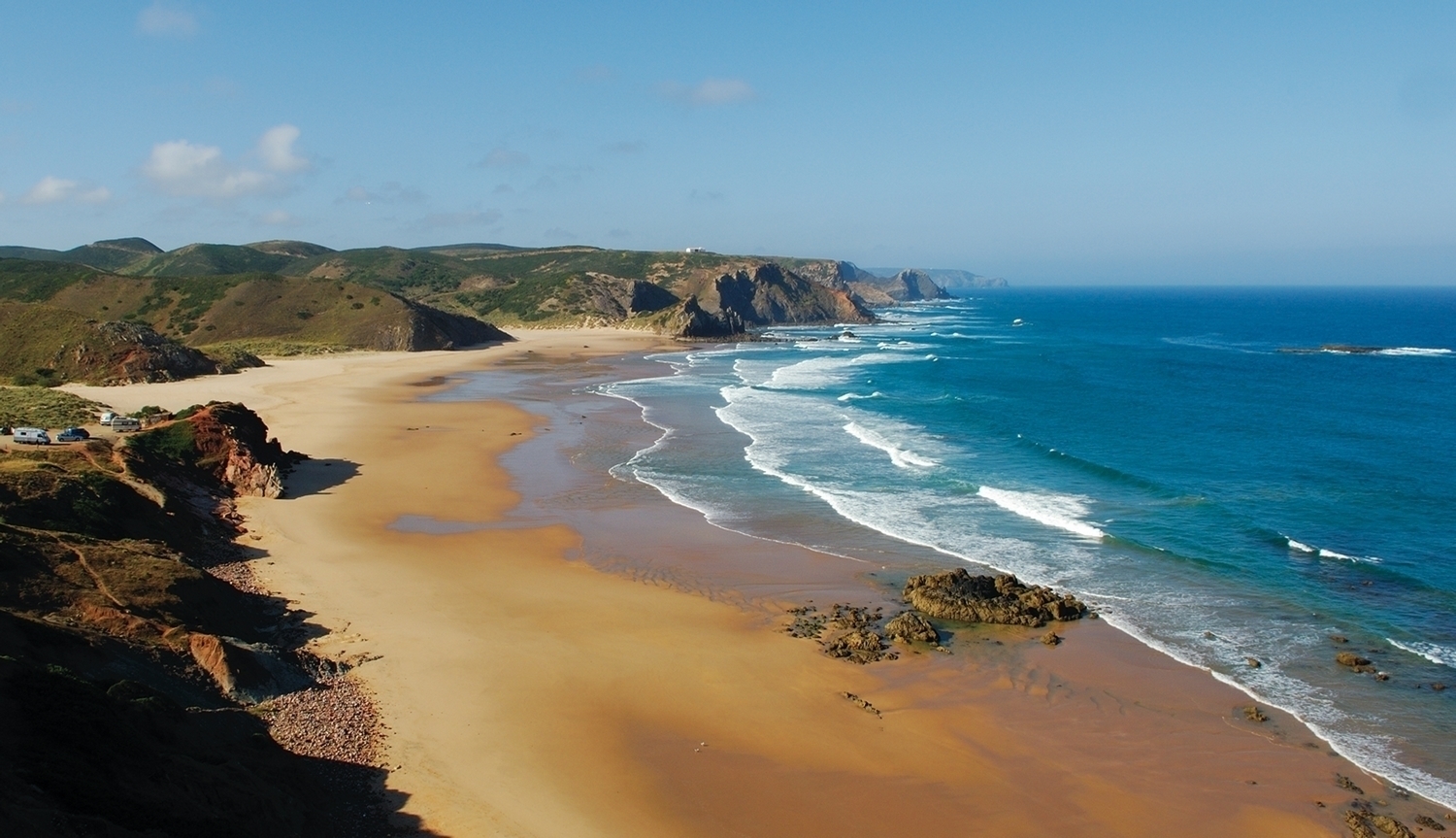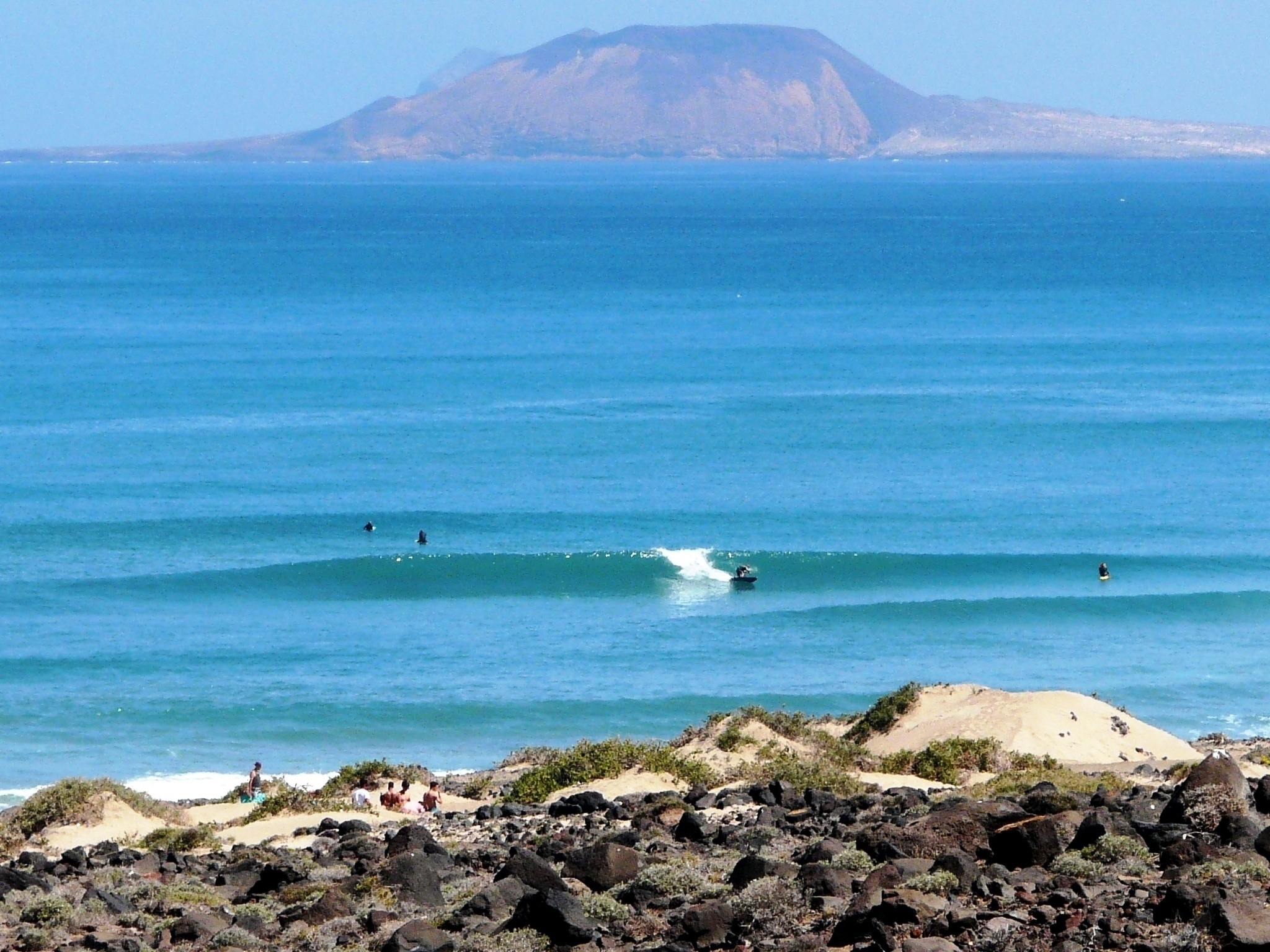TRAINING ANDREW COTTON by ANdrew Blake
Knowing Andrew on both a professional and personal level I can assure you that he is a lunatic. A selfless, driven, determined, motivated, highly trained, calculated, professional lunatic.
If you want to surf the biggest waves that this world has to offer you have to be sure that you are at your optimum level of physical & mental fitness.
These are some of the areas that we train:
The Mind
More important than anything else as an extreme athlete. The mind controls the body. Andrew must remain strong and focused on the moment. Our dynamic yoga sessions start and finish with some meditation, imagery, and visualisation. An eclectic mix of spirituality and sports psychology using techniques to maximise the potential of the mind.
Muscular endurance, Propriception, calisthenics
Surfing 50ft + waves means moving at high speed with lot's of bumps. Therefore a lot of the exercises we perform mimic the demands of surfing through dynamic functional movements. This involves key muscles being able to work for a prolonged period of time whilst engaging deep core muscles to protect the spine and improve balance.
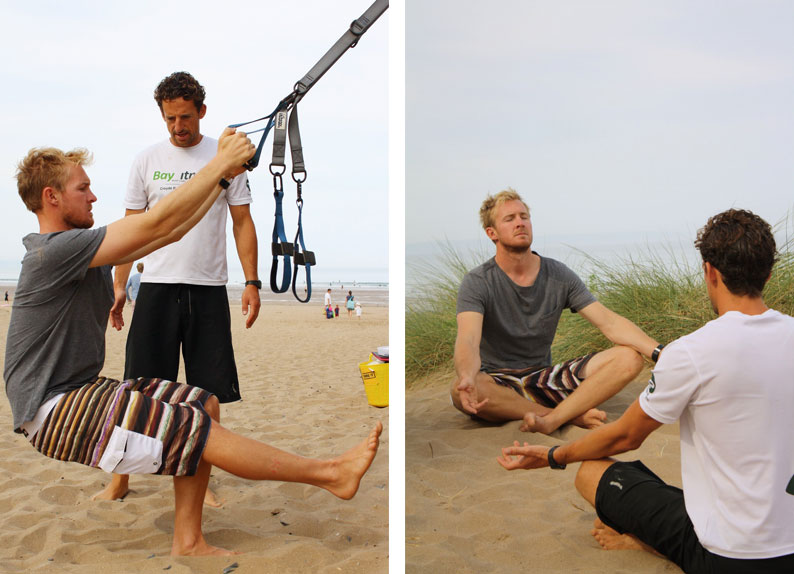
Mobility
Frequent dynamic flow yoga combining strength, mobility, endurance and core to give Andrew the edge when trying to stay on his board at immense speeds. Greater range of movement around the joints means greater performance and reduced likelihood of injury.
Cardiovascular endurance
As well as continuous training Andrew has to be able to recover quickly and be able to maintain high intensities even with Oxygen Debt. This involves High intensity interval training with short recovery to delay the Onset of blood lactate and enable him to work harder for longer.
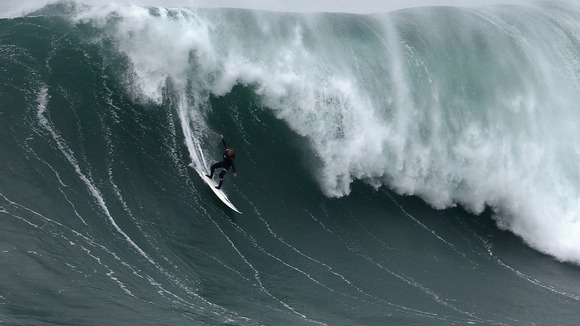
Hypoxic Breath control sessions
Varied pool and sea sessions to prepare for an an 80ft wave landing on your head!
An example of a session:
- Static ascending pyramid breath holds plus underwater lengths then sprints.
- Andrew would perform ‘Breath ups' for 4 mins to optimise function of diaphragm and calm the mind.
- Then do 45:60;120 seconds static holds plus a length under water (25m) then a sprint back.
- Important to do shoulder taps and clear signals when doing any breath hold activities.
All this preparation, alongside an experienced safety team, means that his 'luncacy' is calculated as is the risk.




 Andrew Cotton
Andrew Cotton

